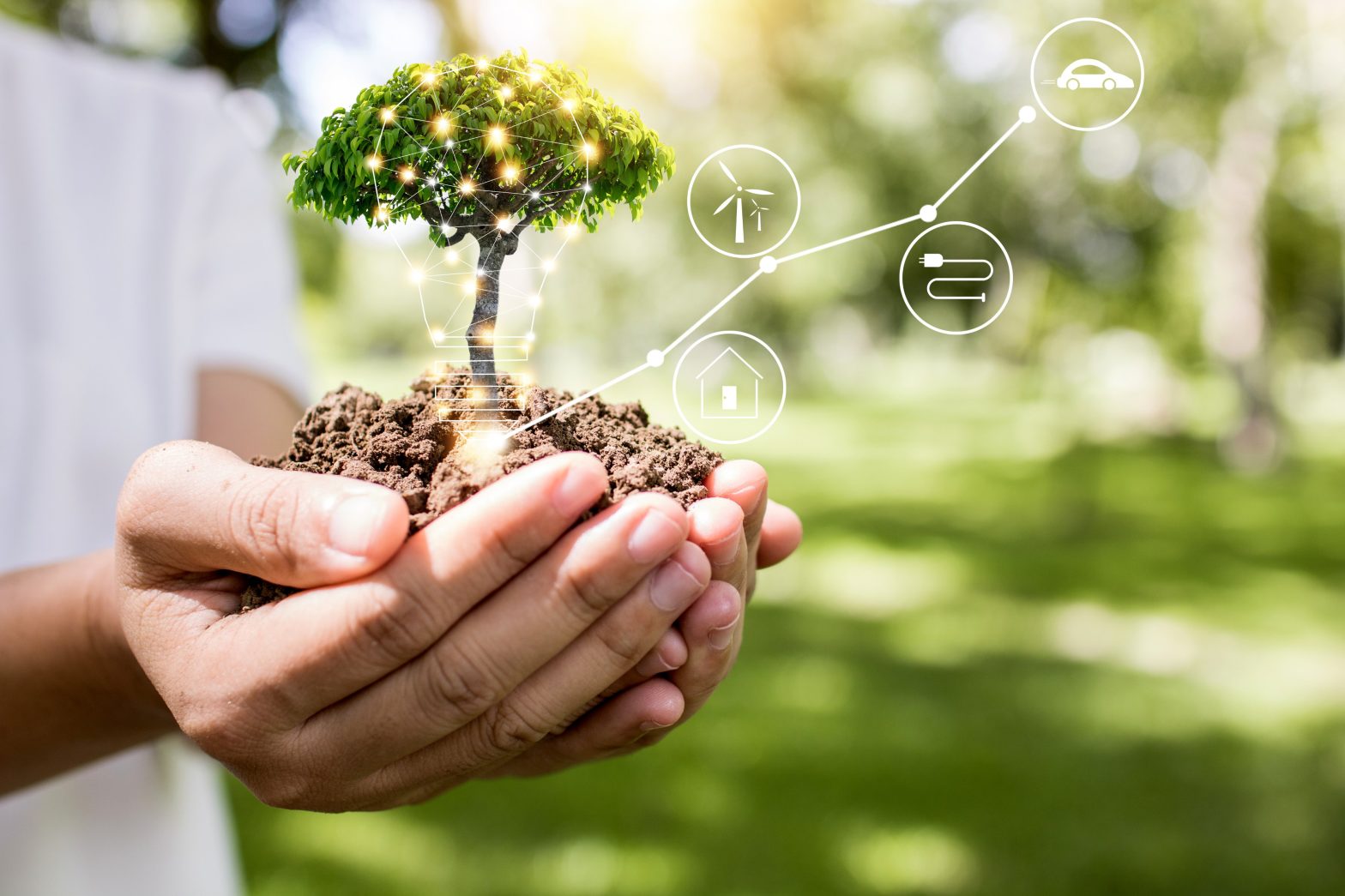Environmental Sustainability and Development: Paving the Way for a Greener Future
In today’s rapidly changing world, the importance of environmental sustainability and development cannot be overstated. As climate change continues to threaten our planet and its ecosystems, investing in sustainable practices has become an urgent need. This blog post explores the significance of environmental sustainability and its role in fostering a greener future. By delving into the key aspects of environmental sustainability, we will uncover the benefits it brings to society, the environment, and even the economy. Let’s dive in and understand why environmental sustainability is crucial for our collective well-being.
Environmental Sustainability and Development
An Overview
Environmental sustainability refers to the responsible use and management of natural resources to meet present needs without compromising the ability of future generations to meet their own needs. It encompasses a range of practices, including conservation, renewable energy adoption, waste management, biodiversity protection, and more. By embracing sustainable practices, we can minimize the negative impact of human activities on the environment and promote a healthier and more balanced planet.
Climate Change and its Implications
One of the pressing challenges we face is climate change. Human activities, such as burning fossil fuels, deforestation, and industrial processes, have led to the emission of greenhouse gases that trap heat in the atmosphere, causing the Earth’s temperature to rise. This phenomenon results in extreme weather events, rising sea levels, and disruptions to ecosystems worldwide. To combat climate change, sustainable development goals have been established, focusing on reducing carbon emissions, transitioning to renewable energy sources, and adapting to the impacts of climate change.
Resource Depletion and Waste Pollution
Another critical aspect of environmental sustainability is addressing resource depletion and waste pollution. Our current consumption patterns are depleting both renewable and non-renewable resources at an alarming rate. Deforestation, mining, and urbanization have led to the loss of critical ecosystems, biodiversity, and fertile land. Additionally, waste disposal, especially plastic waste, has reached alarming levels, polluting our oceans, landfills, and even the air we breathe. Embracing sustainable practices, such as responsible resource management, circular economy models, and effective waste management, is crucial to mitigate these issues.
The Role of Sustainable Investing
Investing in environmental sustainability and development plays a vital role in driving positive change. Sustainable investing, also known as impact investing, involves directing financial resources toward projects and companies that align with environmental, social, and governance (ESG) criteria. By supporting sustainable initiatives, investors have the power to influence companies and governments to prioritize environmentally friendly practices. This not only benefits the planet but also leads to long-term financial gains. Governments and organizations worldwide are increasingly offering tax incentives and creating policies to encourage sustainable investments, further boosting this positive trend.
Benefits of Environmental Sustainability and Development
Environmental and Climate Benefits
By reducing carbon emissions, conserving resources, and protecting ecosystems, environmental sustainability helps combat climate change, preserve biodiversity, and create a healthier planet for future generations.
Economic Advantages
Sustainable investments spur innovation, create job opportunities, and drive economic growth. Additionally, companies that prioritize sustainability often attract loyal customers and benefit from tax incentives and cost savings through energy efficiency measures.
Social Impact
Sustainable practices contribute to improved health, well-being, and quality of life for communities worldwide. Access to clean energy, clean water, and sustainable food sources promotes social equity and resilience.
Long-term Viability
Embracing environmental sustainability ensures the long-term viability of industries, businesses, and economies by reducing dependence on finite resources and fostering resilience in the face of environmental challenges.
SustVest: Paving the Way for a Greener Future
Sustainable Investments refer to investment strategies that consider environmental, social, and governance (ESG) factors. SustVest aims to generate financial returns while also creating positive environmental and social impacts. Here’s how SustVest can pave the way for a greener future:
Green Financing
SustVest channels funds into environmentally sustainable projects such as renewable energy, clean technology, and sustainable agriculture. By supporting these initiatives, SustVest contributes to the transition to a low-carbon economy and the reduction of environmental harm.
Impact Investing
SustVest focuses on investments that generate measurable, positive social and environmental impacts alongside financial returns. This approach supports initiatives addressing climate change, poverty alleviation, access to clean water, and other sustainable development goals.
Engaging Corporations
SustVest encourages corporations to adopt sustainable business practices by engaging with them as responsible investors. Through dialogues, shareholder resolutions, and proxy voting, SustVest influences companies to improve their ESG performance, reduce their ecological footprint, and enhance social responsibility.
Risk Management
SustVest takes into account the long-term risks associated with climate change and environmental degradation. By considering ESG factors, investors can identify and mitigate risks related to resource scarcity, regulatory changes, reputation damage, and other sustainability-related issues.
Market Transformation
SustVest has the potential to drive market transformation by directing capital towards sustainable industries and influencing consumer behaviour. As sustainable practices become more financially attractive and socially desirable, traditional industries may be incentivized to adopt greener technologies and business models.
Conclusion
Environmental sustainability and development are vital for our planet’s future. By investing in sustainable practices and adopting responsible behaviours, we can create a harmonious balance between economic growth and environmental well-being. Let us work together to build a greener, more sustainable world for ourselves and generations to come.














